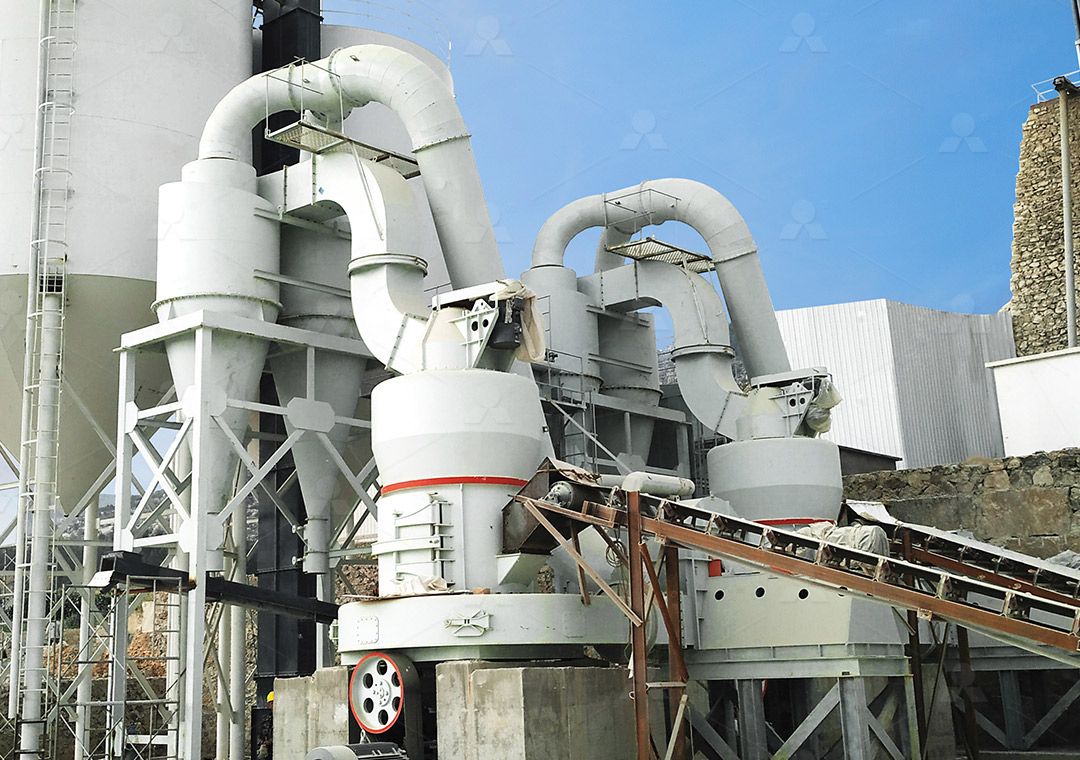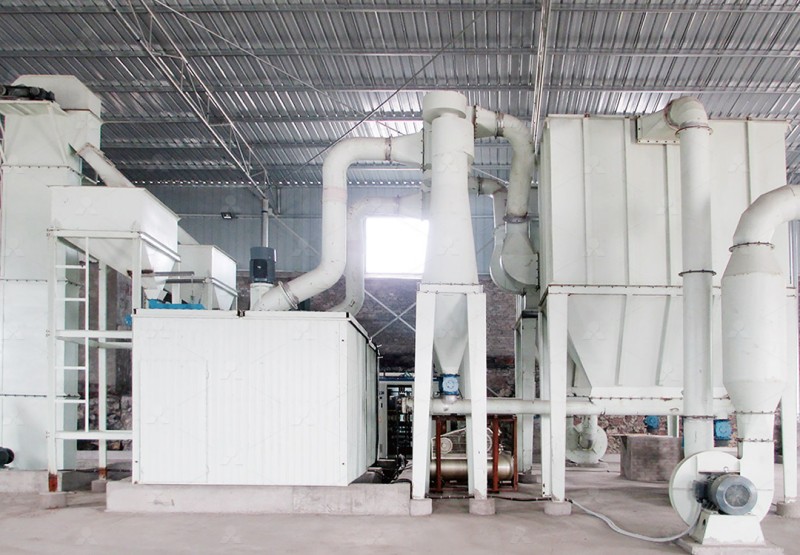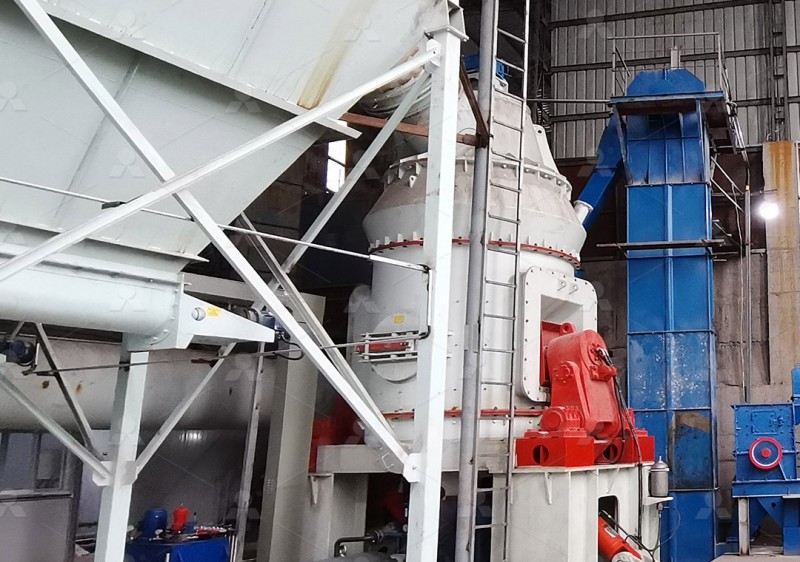Design Considerations for Five Roller Mill Rollers Assembly in Industrial Grinding Systems
Design Considerations for Five Roller Mill Rollers Assembly in Industrial Grinding Systems
In the realm of industrial grinding, the efficieny and reliability of a milling system are paramount. The heart of many such systems, particularly in fine and ultrafine powder production, is the roller assembly. A five-roller configuration offers distinct advantages in pressure distribution, particle size reduction, and operational stability. However, its design and integration present unique engineering challenges that must be carefully adressed to ensure peak performance and longevity.
Core Design Principles for Roller Assemblies
The primary function of the rollers is to exert compressive and shear forces on the material bed against a grinding ring or table. For a five-roller mill, achieving uniform pressure across all rollers is critical to prevent uneven wear and ensure consistent product fineness. This requires precisie machining of components, a robust mechanical frame to resist deflection, and often a sophisticated hydraulic system to regulate grinding pressure. The material selection for the rollers and the corresponding grinding ring is another vital consideration. They must be manufactured from high-chromium cast iron or other wear-resistant alloys to withstand the abrasive nature of minerals like limestone, calcite, and barite.

Lubrication is a further critical aspect. Traditional systems with internal bearings and screws within the grinding chamber are prone to contamination and failure. A superior design eliminates these components from the chamber entirely, utilizing external lubrication systems that allow for maintenance without shutdown. This approach significantly enhances operational uptime and reduces the risk of catastrophic bearing failure, which can cause extensive damage and costly production halts.
Integration with System-Wide Components
The performance of the roller assembly is intrinsically linked to other system components, notably the classifier and the dust collection system. An advanced cage-type powder selector, for instance, is essential for achieving precise cuts in the 325 to 2500 mesh range. It allows for accurate control over the final product’s fineness and maximizes the system’s yield by ensuring only properly sized particles exit the grinding chamber.
Furthermore, the entire milling process must be environmentally contained. An efficient pulse jet dust collector is not an optional accessory but a necessity. It ensures no dust pollution escapes during operation, protecting both the workplace environment and the surrounding area. This is a non-negotiable design criterion for modern industrial operations adhering to strict environmental protection standards.

Recommendation: The MW Ultrafine Grinding Mill
For operations requiring ultra-fine powder between 325-2500 meshes, our MW Ultrafine Grinding Mill exemplifies these design principles. It is engineered with a five-roller configuration that enhances grinding efficiency through newly designed grinding curves. A key feature is the absence of rolling bearings and screws inside the grinding chamber, liberating users from concerns about their frequent failure. The lubrication is performed externally, enabling 24-hour continuous operation. With a capacity range of 0.5-25 tph and input size of 0-20 mm, it is perfectly suited for processing materials like limestone, calcite, and talc, delivering higher yield at 30% lower energy consumption compared to jet mills.
Consideration for Higher Capacity Needs: LUM Ultrafine Vertical Mill
For projects demanding even higher throughput within a vertical mill configuration, our LUM Ultrafine Vertical Grinding Mill is an excellent choice. It integrates the latest roller technology and German powder separating technology. Its design includes a unique reversible structure, which allows the heavy grinding rollers to be easily moved out of the mill body for maintenance and liner replacement, drastically reducing downtime. With an input size of 0-10 mm and a capacity of 5-18 tph, it is a robust solution for superfine dry powder production of non-metal ores.

In conclusion, the successful design of a five-roller mill assembly hinges on a holistic approach that prioritizes mechanical robustness, wear resistance, maintenance accessibility, and seamless integration with classification and dust control systems. Selecting a mill engineered with these considerations, such as our MW or LUM series, is fundamental to achieving a productive, efficient, and sustainable grinding operation.
